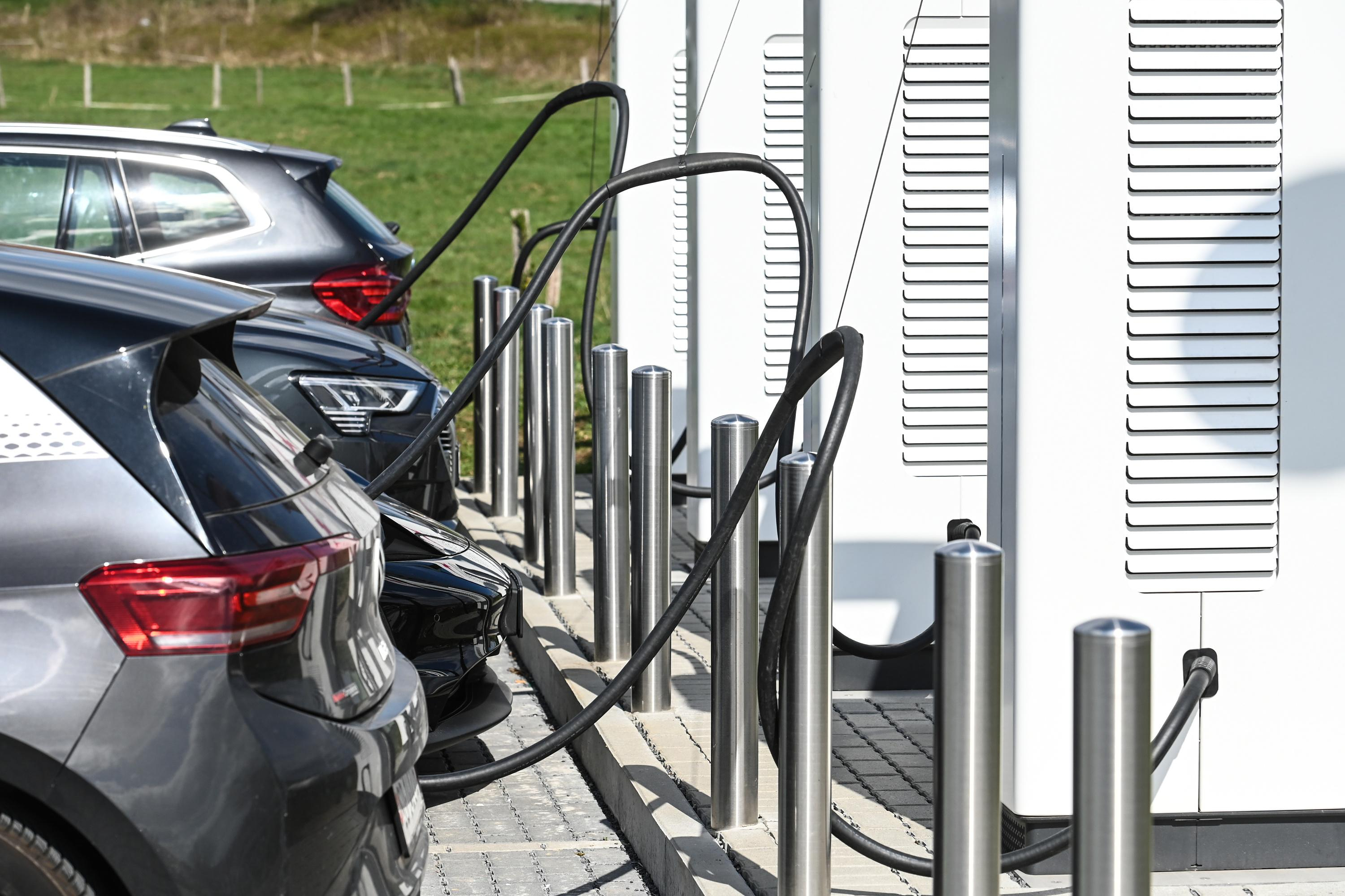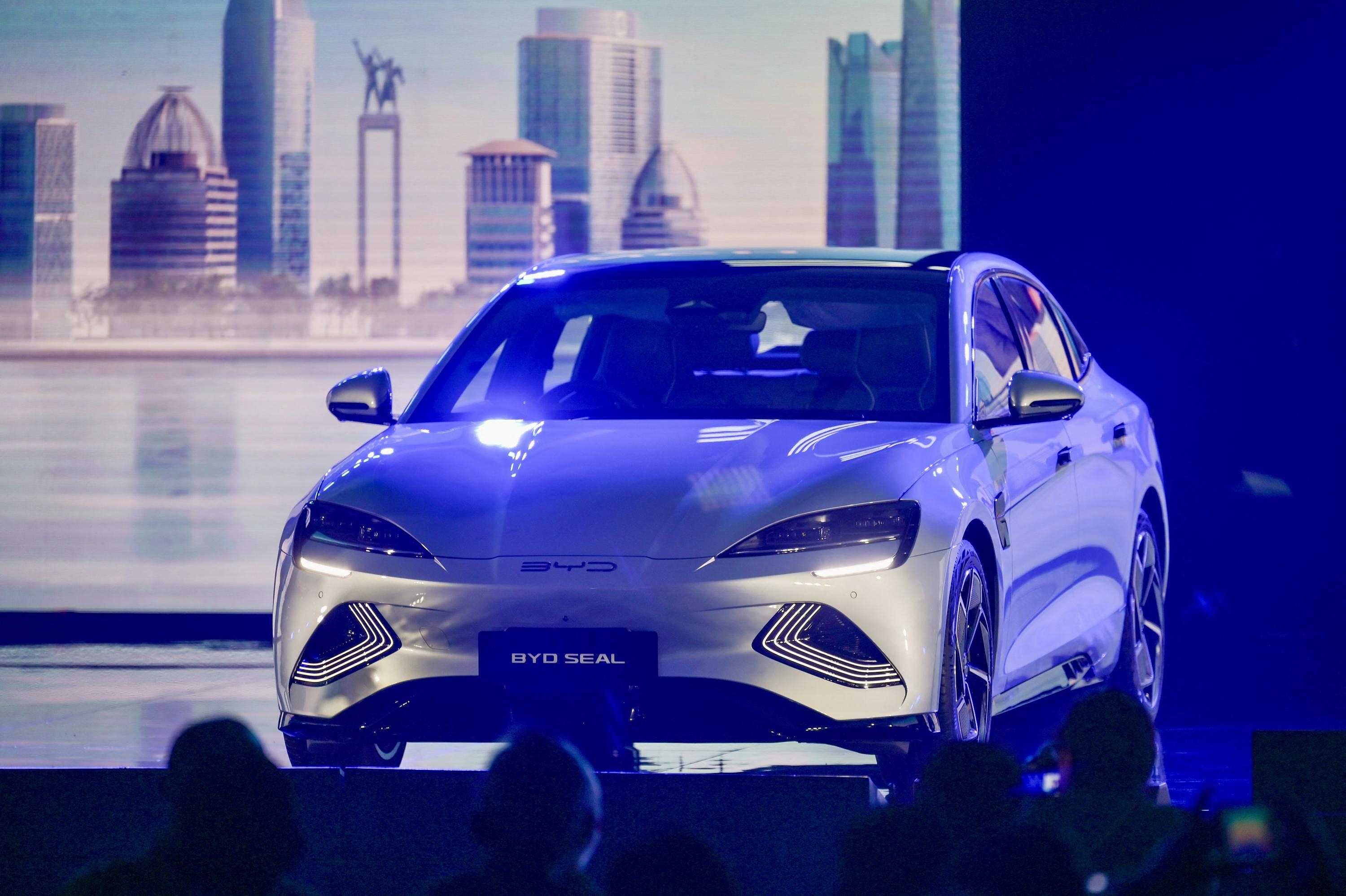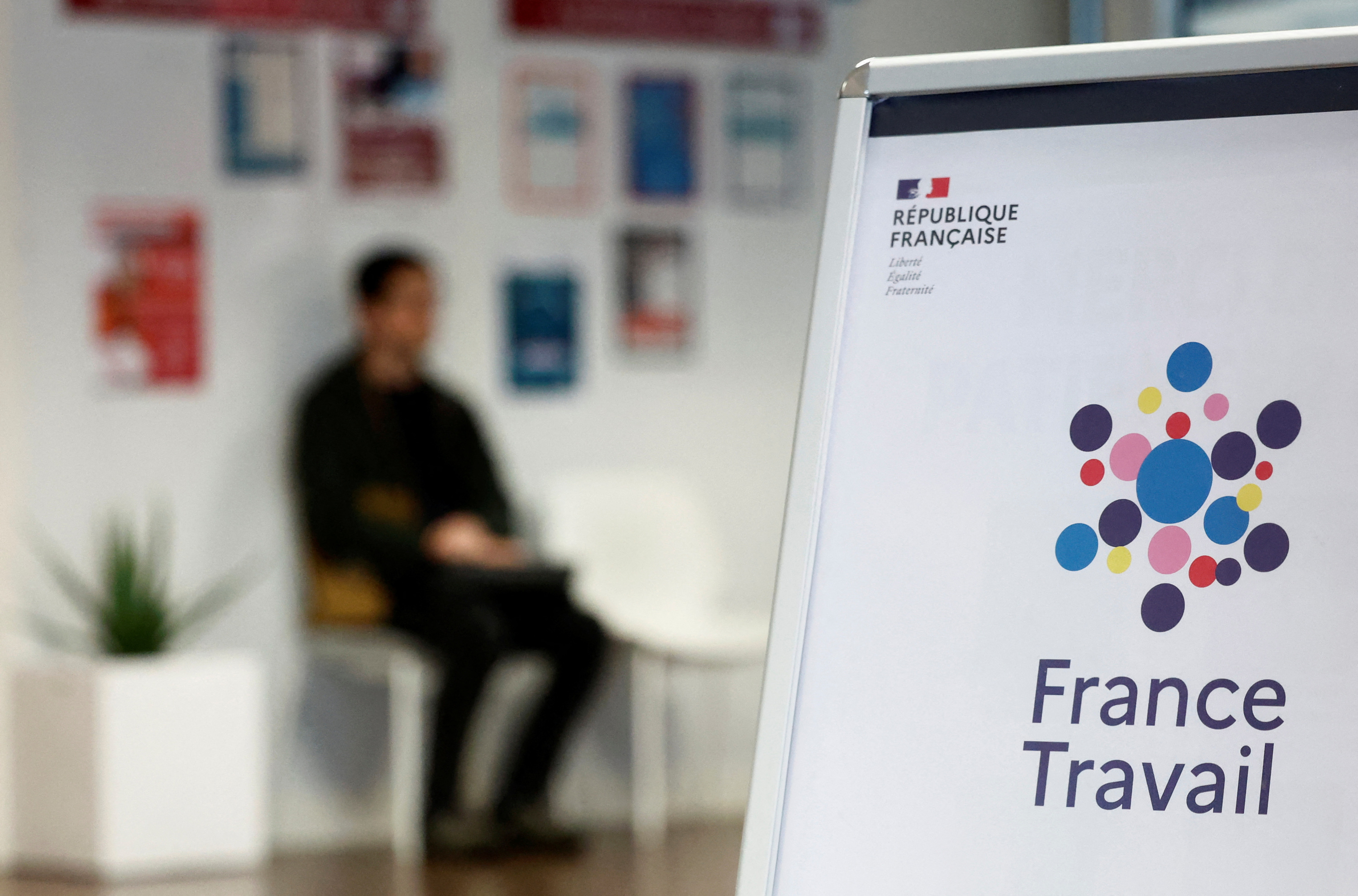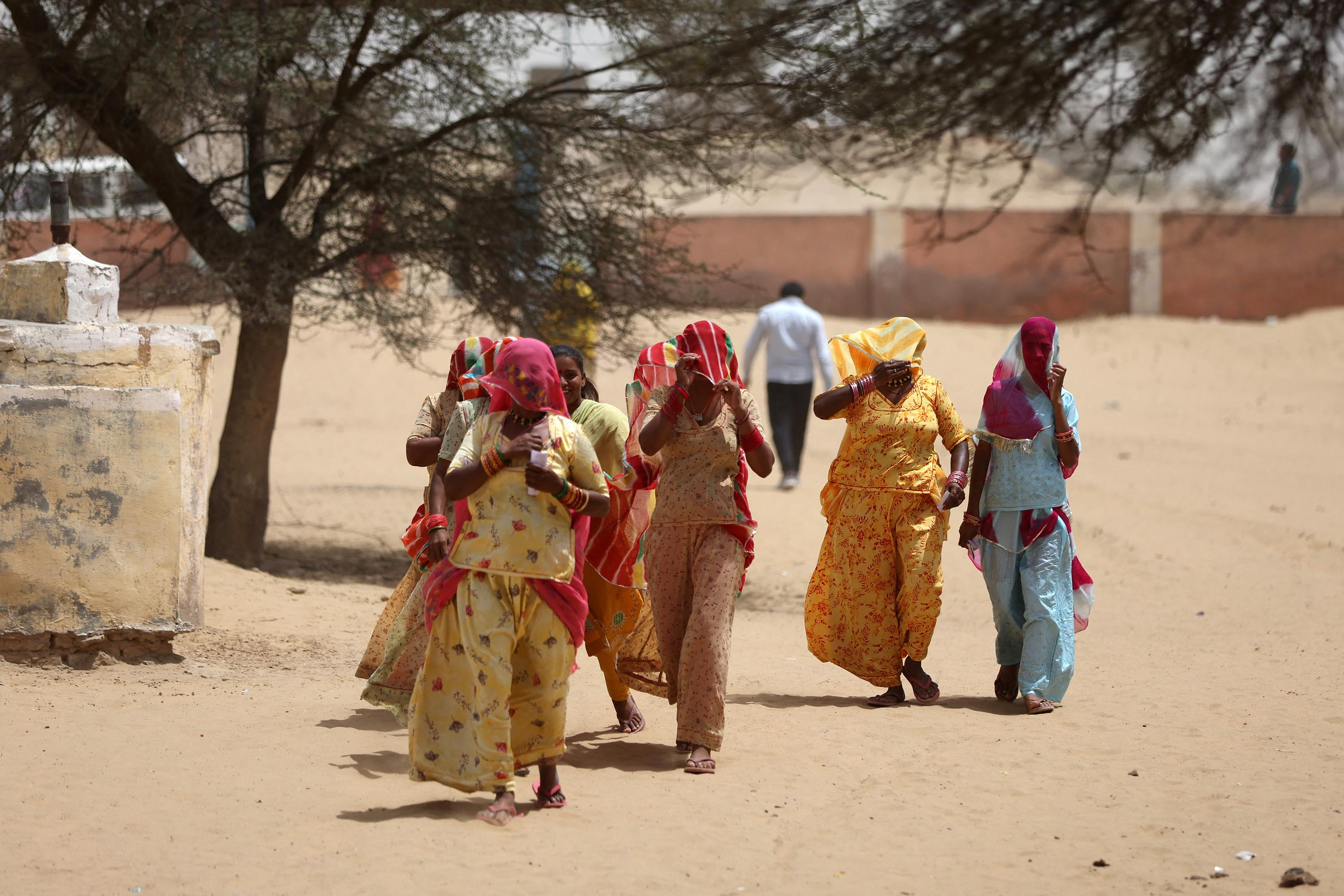If we are about to enter an environment the black helvetesgap, so is in all cases the road there is paved with good intentions. On möbelveckan in Milan, this quirky hybrid of raw capitalism and artistic innovation, as has the climate issue come and gone over the years, but during the designvecka is the engagement back on top.
Out at the fair in Rho competes to the companies, to highlight the own products ' sustainability, with more or less convincing arguments. And in the hundreds of exhibitions in elegant showrooms, palaces and avgasdoftande garage out on the town considered the environmental commitment nowadays as something of a hygienfråga – as essential and natural as brushing your teeth in the morning.
In a presentation to the fair told me the Spanish names Patricia Urquiola thus, how she now says to her husband to shower faster in the morning to save energy, at the same time as she requires of producers that they to use environmentally safe and recyclable materials. The change, she explained, must be done both on the private and professional level.
Patricia Urquiolas new carpets of waste materials from the producer Gans factory. Photo: Gan, as well as all the producers and designers who are now singing environment praises. But at the same time, you can't turn a blind eye to the enormous waste of resources this annual wager entails in terms of transport, material consumption and travel. During a couple of hectic aprildagar deducted a half a million designers, producers, journalists, and students to Milan like flies to a lump of sugar. After they leave a mountain of garbage, and tons of flygskam.
But the change must come from within, and releases a little of the cynicism so there are several good examples out there at the show – which Urquiolas own carpets of waste materials from the producer Gans factory, or Kartells the development of new bioplastics. Different woods have also largely replaced the resource-intensive materials such as plastic and aluminum of many manufacturers.
”Componibili” by Anna Castelli Ferrieri for Kartell in 1957, now in bioplastic. Photo: Simona Pesarinias the Italian Lago, who creates stylish furniture both for home and public environments, working with sustainable materials and social ambitions – ”out of respect for the future”. As inspiration for this year's collection, they have visited four of the world's most climate-smart cities, including Malmö, noted for its economical use of water.
Others have a more relaxed attitude to the environmental issue. Poltrona Frau has built up a booth as big as a normal city blocks, while Natuzzi has allowed the designer Marcel Wanders to create a fictional environment for a wealthy globetrotter with furniture in dull colors, surrounded by kolonialistisk props. In the booth, playing a pianist on a grand piano, while selected visitors sippar on the champagne.
Skyline of the Marcel Wanders for Natuzzi. Photo: NatuzziIt may be a bit offensive, but at the same time, an extremely well executed installation, with formmässig flair and high-quality materials. And to be honest, it is primarily the aesthetic experiences to take away from the Salone del Mobile, as the official name reads.
to a large part of the bright spring colors and generous forms – the sofas are deep, which double beds – with green plants and recorded birdsong as recurring props. It is the design equivalent of ”comfort food”, with a recession looming, we are expected to want to take us back to a cozy, safe home.
Among the year's most interesting news noticed Sam Hecht and Kim colin's series of front line assembly for Mattiazzi, where a moulded seat in steel (similar to Lammhults classic S70) mounted on a base of solid wood. The result is an idiosyncratic hybrid of skolmöbel and a sculptural shape, which can find its place on both museirestauranger and hip cafes.
”Pinzo” by David Ericsson for the Blue Station. Photo: Anders NorsellThe Swedish companies present in general, their news is already at the stockholm fair in February, which means that we northerners recognize it most of the time in their booths. The exception this year is the Blue Station, which shows a completely new chair by designer David Ericsson. ”Pinzo” (the name is composed of pine (pine) and Enzo Mari, the legendary designer) is a robust construction of sturdy planks, which would survive both a restless high school class as an emergency climate crisis.
his klimatoro, but also to know more about how designers can mitigate the negative impacts, recommended a visit to the Triennale, Milan's major design museum. This exhibition is curated by Paola Antonelli, to the everyday wear at the MoMA in New York, which collects the quantities of climate-smart design project.
It is a hearty presentation, with many long wall quotes and abstract reasoning that requires a part of the viewer. But also inspiring. Among the exhibited objects are, inter alia, the swede Victor Alges chair with seat and armrests of parchment from the hides, the japanese Kosuke Arakis coffee cups made of carbonized food particles, and a collection of half-forgotten grains. They hope to american Amy Franceschini, in cooperation with the group Futurefarmers, able to revive – for the increased local and global diversity.
Installation ”Broken Nature” at the Triennale with Victor Alges ”Älgstol”. Photo: Gianluca Di IoiaIn designkvarteren outside the fair – Brera, 5Vie, Ventura Centrale/Future and Zona Tortona – sets of students and small producers out side-by-side with established designers and multinational companies. Zona Tortona has been something of a renaissance, since the Dutch initiative Ventura left the industrial area of Lambrate and went on to the Milan central station and an industrial building in Tortona.
in Tortona involved several design schools, including the Royal College of Art in London. Although they have, of course, the focus on environmental issues and presents the more or less utopian proposals for a more climate-resilient future. An example is a trio of students who recycled waste products from local factories in the industrial area of Park Royal, and among other things, created a coffee table and bordsklockor of marmorspill. This also involved the Swedish Erin Karlsson, who proposes that we revert to the use of ordinary ashes, such as soaps and detergents.
Ventura Centrale at the same time have developed into a mini fair, where both the individual designers that big companies do large-scale installations, sometimes contiguous to the visual arts. In the year, Maarten Baas, a video installation with hundreds of screens, while the lighting company Aria displays a spectacular light installation with geometric shapes. In this context, works both works good, but at a biennial for contemporary art, they would appear to be a bit banal.
Maarten Baass installation at Ventura Centrale. Photo: Claudio GrassiBut it is the eternal balancing act. It should at once be commercially viable and conceptually exploratory, aesthetically pleasing and functional, mass-produced and unique. It is a häxbrygd, and the taste is never as good as these spring days in Milan – even if it comes with a little bitter aftertaste.
Read about last year's Milan furniture fair

 Germany: the trial of an AfD leader, accused of chanting a Nazi slogan, resumes this Tuesday
Germany: the trial of an AfD leader, accused of chanting a Nazi slogan, resumes this Tuesday New York: at Columbia University, the anti-Semitic drift of pro-Palestinian demonstrations
New York: at Columbia University, the anti-Semitic drift of pro-Palestinian demonstrations What is Akila, the mission in which the Charles de Gaulle is participating under NATO command?
What is Akila, the mission in which the Charles de Gaulle is participating under NATO command? Lawyer, banker, teacher: who are the 12 members of the jury in Donald Trump's trial?
Lawyer, banker, teacher: who are the 12 members of the jury in Donald Trump's trial? What High Blood Pressure Does to Your Body (And Why It Should Be Treated)
What High Blood Pressure Does to Your Body (And Why It Should Be Treated) Vaccination in France has progressed in 2023, rejoices Public Health France
Vaccination in France has progressed in 2023, rejoices Public Health France Food additives suspected of promoting cardiovascular diseases
Food additives suspected of promoting cardiovascular diseases “Even morphine doesn’t work”: Léane, 17, victim of the adverse effects of an antibiotic
“Even morphine doesn’t work”: Léane, 17, victim of the adverse effects of an antibiotic Orthodox bishop stabbed in Sydney: Elon Musk opposes Australian injunction to remove videos on X
Orthodox bishop stabbed in Sydney: Elon Musk opposes Australian injunction to remove videos on X One in three facial sunscreens does not protect enough, warns L'Ufc-Que Choisir
One in three facial sunscreens does not protect enough, warns L'Ufc-Que Choisir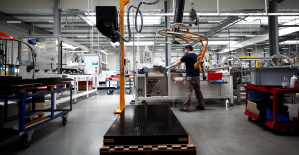 What will become of the 81 employees of Systovi, a French manufacturer of solar panels victim of “Chinese dumping”?
What will become of the 81 employees of Systovi, a French manufacturer of solar panels victim of “Chinese dumping”? “I could lose up to 5,000 euros per month”: influencers are alarmed by a possible ban on TikTok in the United States
“I could lose up to 5,000 euros per month”: influencers are alarmed by a possible ban on TikTok in the United States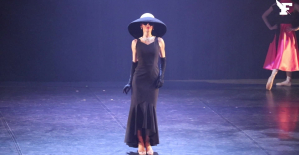 Dance, Audrey Hepburn’s secret dream
Dance, Audrey Hepburn’s secret dream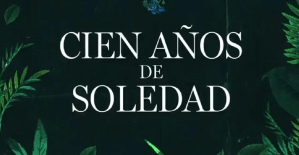 The series adaptation of One Hundred Years of Solitude promises to be faithful to the novel by Gabriel Garcia Marquez
The series adaptation of One Hundred Years of Solitude promises to be faithful to the novel by Gabriel Garcia Marquez Racism in France: comedian Ahmed Sylla apologizes for “having minimized this problem”
Racism in France: comedian Ahmed Sylla apologizes for “having minimized this problem”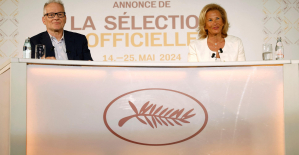 Mohammad Rasoulof and Michel Hazanavicius in competition at the Cannes Film Festival
Mohammad Rasoulof and Michel Hazanavicius in competition at the Cannes Film Festival Skoda Kodiaq 2024: a 'beast' plug-in hybrid SUV
Skoda Kodiaq 2024: a 'beast' plug-in hybrid SUV Tesla launches a new Model Y with 600 km of autonomy at a "more accessible price"
Tesla launches a new Model Y with 600 km of autonomy at a "more accessible price" The 10 best-selling cars in March 2024 in Spain: sales fall due to Easter
The 10 best-selling cars in March 2024 in Spain: sales fall due to Easter A private jet company buys more than 100 flying cars
A private jet company buys more than 100 flying cars This is how housing prices have changed in Spain in the last decade
This is how housing prices have changed in Spain in the last decade The home mortgage firm drops 10% in January and interest soars to 3.46%
The home mortgage firm drops 10% in January and interest soars to 3.46% The jewel of the Rocío de Nagüeles urbanization: a dream villa in Marbella
The jewel of the Rocío de Nagüeles urbanization: a dream villa in Marbella Rental prices grow by 7.3% in February: where does it go up and where does it go down?
Rental prices grow by 7.3% in February: where does it go up and where does it go down? Europeans: “All those who claim that we don’t need Europe are liars”, criticizes Bayrou
Europeans: “All those who claim that we don’t need Europe are liars”, criticizes Bayrou With the promise of a “real burst of authority”, Gabriel Attal provokes the ire of the opposition
With the promise of a “real burst of authority”, Gabriel Attal provokes the ire of the opposition Europeans: the schedule of debates to follow between now and June 9
Europeans: the schedule of debates to follow between now and June 9 Europeans: “In France, there is a left and there is a right,” assures Bellamy
Europeans: “In France, there is a left and there is a right,” assures Bellamy These French cities that will boycott the World Cup in Qatar
These French cities that will boycott the World Cup in Qatar Serie A: Bologna surprises AS Rome in the race for the C1
Serie A: Bologna surprises AS Rome in the race for the C1 Serie A: Marcus Thuram king of Italy, end of the debate for the position of number 9 with the Blues?
Serie A: Marcus Thuram king of Italy, end of the debate for the position of number 9 with the Blues? Milan AC-Inter Milan: Thuram and Pavard impeccable, Hernandez helpless… The tops and flops of the derby
Milan AC-Inter Milan: Thuram and Pavard impeccable, Hernandez helpless… The tops and flops of the derby Ligue 2: Auxerre leader, Bordeaux in crisis, play-offs... 5 questions about an exciting end of the season
Ligue 2: Auxerre leader, Bordeaux in crisis, play-offs... 5 questions about an exciting end of the season




